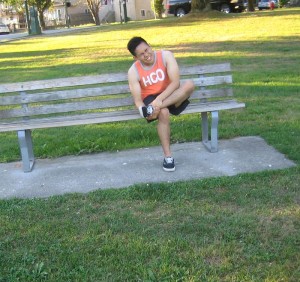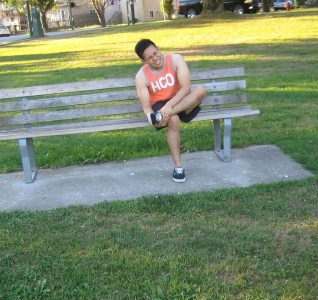A bruised heel involves bruising of the tissues beneath the heel. The injury typically results to heel pain or discomfort. The treatment mainly includes rest and providing protection to the region with taping or padding.
What are the signs?
The indications of a bruised heel generally include:
- Heel pain that is gradual, usually beneath the heel bone but can arise abruptly after jumping onto the heel from a height
- Discomfort or pain while walking
In most cases, the symptoms start out as mild but become severe in the long run which prevents them from training.
If the site beneath the heel is pressed, it usually triggers pain. In most cases, the discomfort often settles with rest.
What are the usual causes?

The injury is typically brought about by overuse especially if there is repeated bounding, landing heavily on the heel or long-distance running.
It is important to note that the heel bone is coated by a padding of fatty tissue. The repetitive pounding of the heel can cause the fat pad to become flattened and displaced sideways, leaving behind a thinner layer that can easily result to bruising and pain.
Management of a bruised heel
If the heel pain is detected early, allowing the affected foot to rest will allow it to recover in just a few days. In case the initial onset of the pain is ignored, the fat pad is injured beyond repair and hard to manage.
The individual must rest until there is no more pain. If the individual continues to walk or run, the injury will not recuperate. If it is needed to be on the feet, make sure that a shock absorbing and cushioning heel pad is positioned into the shoes and tape the heel for added protection. Additionally, running shoes must be replaced if worn out.

